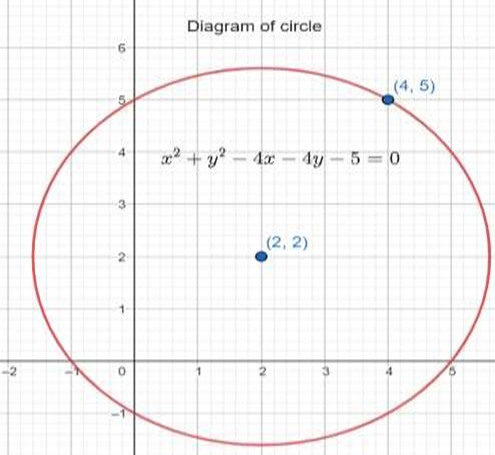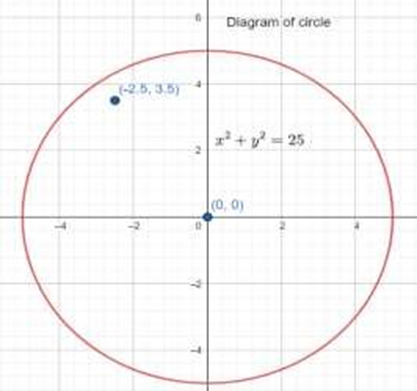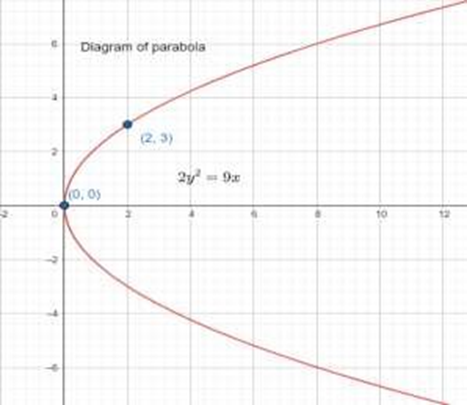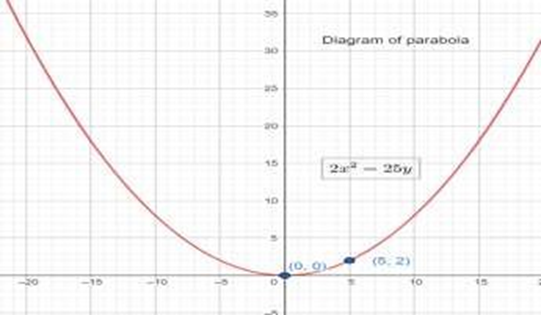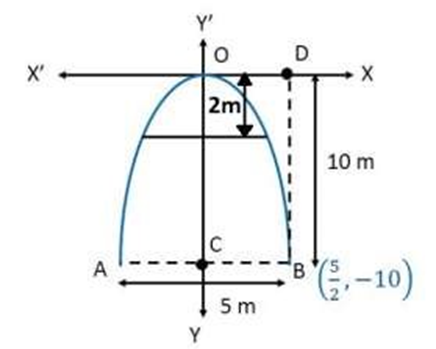NCERT Solutions for Maths Chapter 10 Conic Sections Class 11 - FREE PDF Download
FAQs on NCERT Solutions for Class 11 Maths Chapter 10 Conic Sections
1. How many sections does Class 11 Maths Ch 10 cover?
Conic Section Class 11 Maths Ch 10 comprises some important sections that enhance your knowledge regarding topics like Hyperbola, Ellipse, Hyperbola etc. The chapter starts with an introductory part where you get an overall idea of what this chapter talks about.
The next few sections depict elements like degenerate conic sections, standard equations of Parabola, Ellipse, Latus Rectum, etc. You get the hold of these interesting topics which are used to solve tricky geometry questions. And in order to master these topics of Conic Sections Class 11, you can rely on NCERT solutions to help you with better methods.
2. How to get Full Marks in Conic Sections?
The Conic Sections chapter is an integral part of Class 11 Mathematics, and once you grasp the core areas of this chapter, it becomes easier to attain full marks. In order to understand the underlying areas, you should equally prioritize solving related problems to improve your skills.
Apart from that, most of the students struggle to find proper study materials that enhance their knowledge regarding a particular subject. The idea is to identify the weak areas and work on that by using proper resources and NCERT solutions perfectly assist with that.
3. Where can I get an Accurate Conic Section Class 11 Solution?
Accuracy is a vital factor when it comes to Mathematics; it requires lots of practice to achieve that. Since there are numerous options available on the internet, finding the right one becomes a little challenging.
However, you should opt for something that not only focuses on presenting advanced solutions but also an easy approach that is easy to comprehend. NCERT solutions are solved by subject matter experts which makes it a reliable study material. Also, the simple formulas, detailed explanations and structured answers make it even better. The free PDF version can be easily downloaded from educational sites like Vedantu.
4. What are conic sections according to the Ch 10 Maths Class 11 Syllabus?
NCERT Class 11 Maths Chapter 10 comprises the topic Conic Sections, which explains further topics such as Ellipses, Circles, Parabolas and Hyperbolas. The chapter deals with different shapes, circular cones, semi-minor axis, the distance between focus and the central point of an ellipse. Conic Sections Class 11 solutions by Vedantu will help you develop a clear concept of this chapter as you go through it. These solutions contain the answers to all the questions from the NCERT textbook.
5. Which Chapter is Conic Sections in Class 11?
Ch 10 Maths Class 11 of the NCERT Maths textbook of Conic Sections. It mainly deals with various shapes, cones, and conic structures like parabolas, hyperbolas, circles, the axes, and the various sub topics related to these.
6. From where can I download the Conic Section Class 11 NCERT Solutions?
To download the Class 11 Chapter 10 NCERT Solutions, students can visit the page Conic Section Class 11 NCERT Solutions or visit Vedantu website. These solutions are designed by subject experts who have years of experience in this field. All the answers are given step-by-step, in simple language and are well-detailed, for the benefit of students. They can also refer to important questions, revision notes and other study materials available on Vedantu at free of cost, to help with their exam preparations. Students can also download the Vedantu app to access all these resources for free.
7. Do I need to practice all the questions provided in NCERT Solutions of Conic Section Class 11?
Students must practice all the questions provided in Class 11 Conic Section solution PDF, to score good marks in their exams. With this, they can understand all the concepts thoroughly and also increase their speed and accuracy of writing answers in the exam. These solutions can also come in handy when they get stuck while solving the questions from Chapter 10 of the Class 11 NCERT Maths textbook.
8. Is Conic Sections chapter important?
Conic Sections Class 11 Solutions is considered to be very important in Class 11, from the viewpoint of examinations. This chapter contains descriptions of certain mathematical figures like circles, hyperbolas, parabolas, and ellipses. These topics form a major part of the CBSE examination. This chapter is also important from the perspective of competitive exams like JEE Mains and JEE Advance. Students must be thorough with this chapter to ace both their school and competitive examinations.
9. What are the main topics covered in conic sections class 11 solutions?
Class 11 Conic Section solution pdf covers the fundamental concepts of conic sections, including the definitions and standard equations of ellipses, hyperbolas, and parabolas. It is important to understand how these shapes are derived and their unique properties. Focus on the derivations and applications as they form the basis of many exam questions.

























